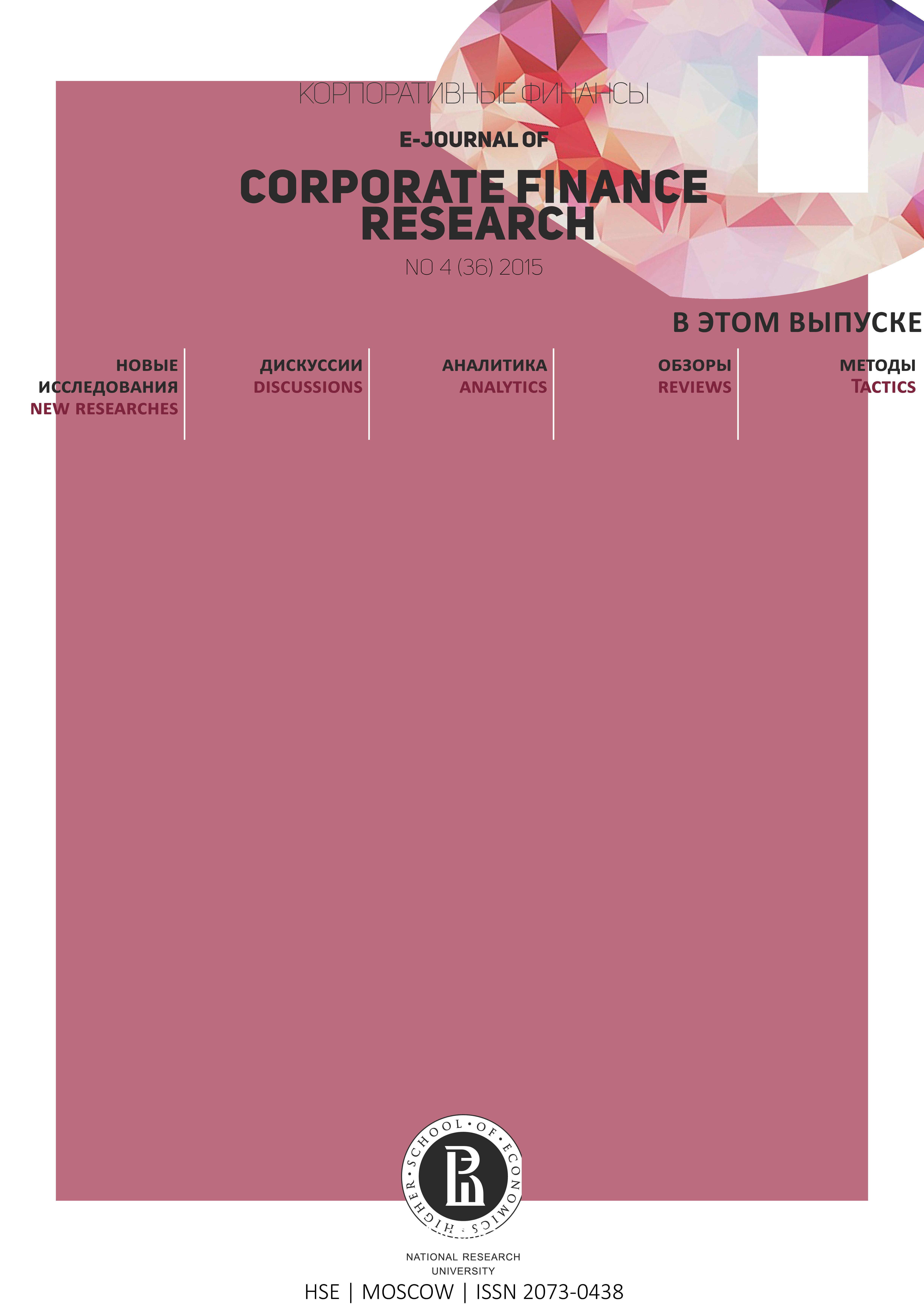The comparison of actively and passively managed investment funds
Abstract
Sergei Nikolayevich Volodin - National Research University "Higher School of Economics".
E-mail: svolodin@hse.ru
Maria S. Kuznetsova - National Research University "Higher School of Economics", Faculty of Economics, Moscow.
E-mail: masha.k95@mail.ru
The article analyzes the Russian market of collective investments aimed at determining what type of fund management – active or passive is the most attractive for investors, specifically, which one brings greater profitability in the long term in view of the possible risks. The analysis carried out for the period from 2005 to 2014 also helped to find out some other features of the Russian market of collective investments. Conclusions about the sustainability of the management over time were obtained as a result of the assessment of the dynamics of the funds’ yield. It has been shown how appropriate for investors to use the last rate of return of index of the fund to carry out future investments. In addition, it was investigated whether investors should focus on the top ten ranking last year's fund returns, or they can also use the funds, which showed a lower rate of return.In general, it was found that the Russian market actively managed funds only slightly beat passively manages ones in terms of profitability in the long term. However, an additional consideration of market risk showed that passively managed funds are more attractive for the average Russian investor, especially if investments are made over several years. At the same time, if the investor decides to give preference to actively managed funds and is ready to take on additional risk in order to obtain higher yields, he should pay special attention to the diversification of investments between different funds. This is due to the fact that the stability of the results of this type of funds in time is small, and the spread of their yield can reach significant values.These and other achievements in this paper disclose the specifics of the Russian market of collective investments and allow domestic investors to form a competent policy of investing in mutual funds.

